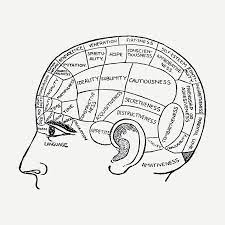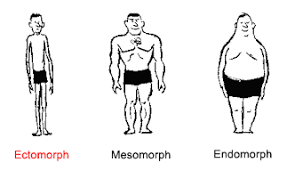Who am I?
- Kelly Davies
- Feb 2, 2023
- 3 min read
Most of us have completed our fair share of psychometric personality tests. When doing these as part of team building or training, there are those among us that enjoy them - curious and eager to find out which one best represents us. There are others with a more cynical view, wondering what difference it makes which box they fit into.
Both of these views have their place and personality psychologist Dr Brian Little's quote sums this up perfectly
"We are like some people and yet like no other person"
A bit of history
Looking back historically there has always been a curiosity about personality - attempts to understand and categorise the similarities and differences between us. For those of you already cynical about today's psychometric testing, take a look at some of these...
Firstly, the theory of the Four Humours, dating back to the Greeks, who believed that personality differences could be put down to the balance of the four liquids in the body - blood, phlegm, black bile and yellow bile.
Then there was craniology or phrenology, which involved going to get your head felt and read to assess your personality - it was very popular in the 18th century.
There was also a theory about personality being linked to body shape, with ectomorphs being considered intelligent, calm and introverted; mesomorphs extroverted, tough and competitive and endomorphs outgoing, friendly and laid-back.
Today there are many psychometric personality tests to choose from many of which have been assessed and validated to ensure reliability.
Myers Briggs is a popular one based on the theory of Carl Jung about psychological types. There are 16 personality types based on 4 letter combinations
There are many tools built of the DISC model which classifies people into four different colours based on the dominant aspects of their personality.
Fiery Red
Sunshine Yellow
Earth Green
Cool Blue
There are plenty out there and most of us have done at least one, but are they useful?
Psychometric personality tests - pointless labels or useful lenses?
Used to divide and box people in, they can be damaging labels. Decisions made, for example, around recruitment to jobs or projects using these tools need to be carefully thought through. The reality is for most projects or teams to function you need all the strengths that each part of the personality jigsaw brings.
Used in the right way they can be incredibly valuables.
1. Help us to understand ourselves
In coaching, we use some of these tools to bring insight in seeing themselves through a different lens. Often we learn just as much from the parts of the profiles that they disagree with as with the parts that resonate.
2. Help us to better understand others and the qualities that they bring which differ to our own
Some of the profiles, like insights, come with suggestions about communication preferences which help us to understand one another and adapt the way we communicate to improve the way we work together.
They can be really useful as part of team away days and team coaching.
Recommendations:
Read Thomas Erikson's Surrounded by Idiots

Talks through and explains each of the four colour personality types. Great examples which bring it to life and help you to identify similarities and differences with yourself an those around you.
If you like it, he has also written some follow-up books which also make interesting reads!
Watch Dr Brian Little's TED Talk in which he looks at the big five personality traits and explains introversion from his own perspective.





Comments